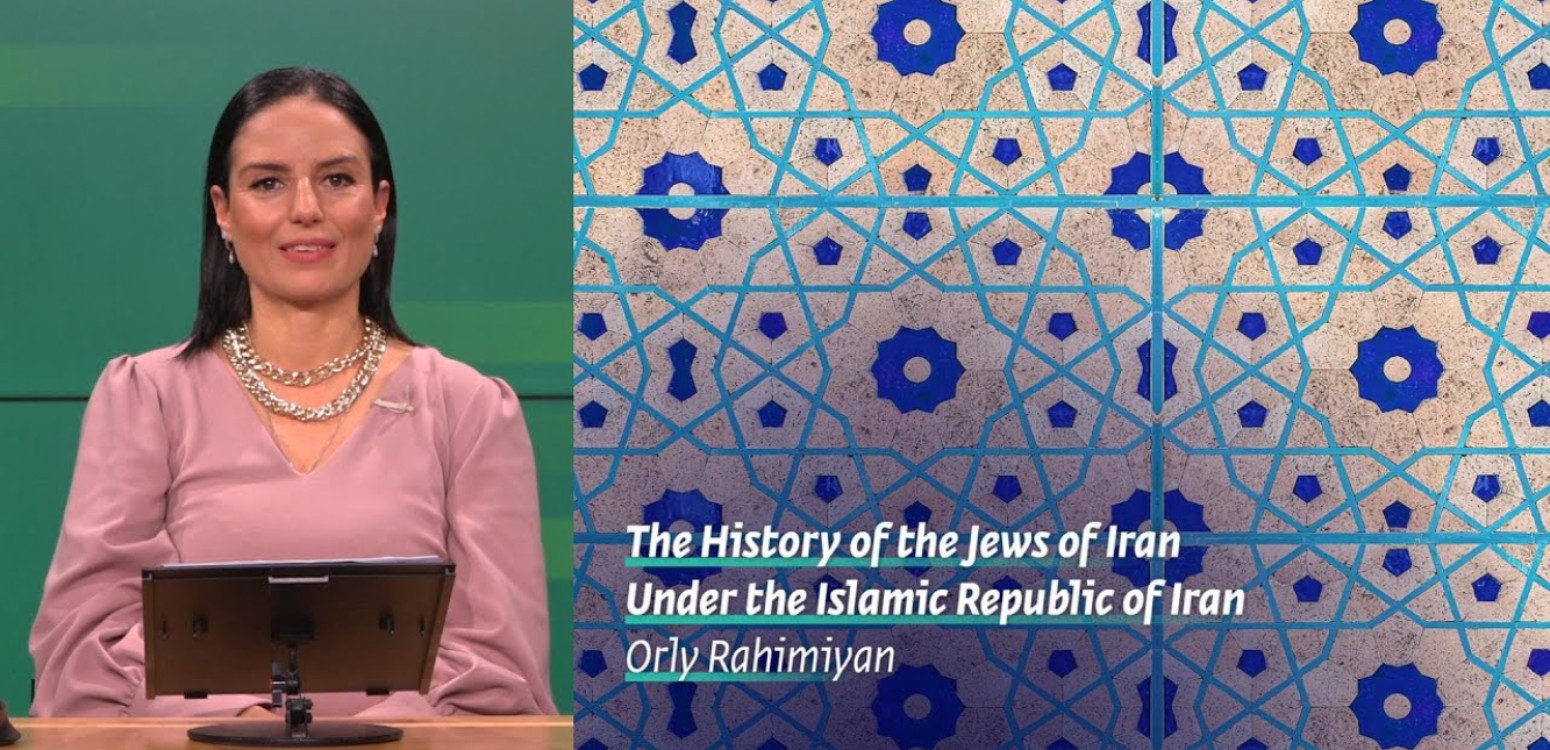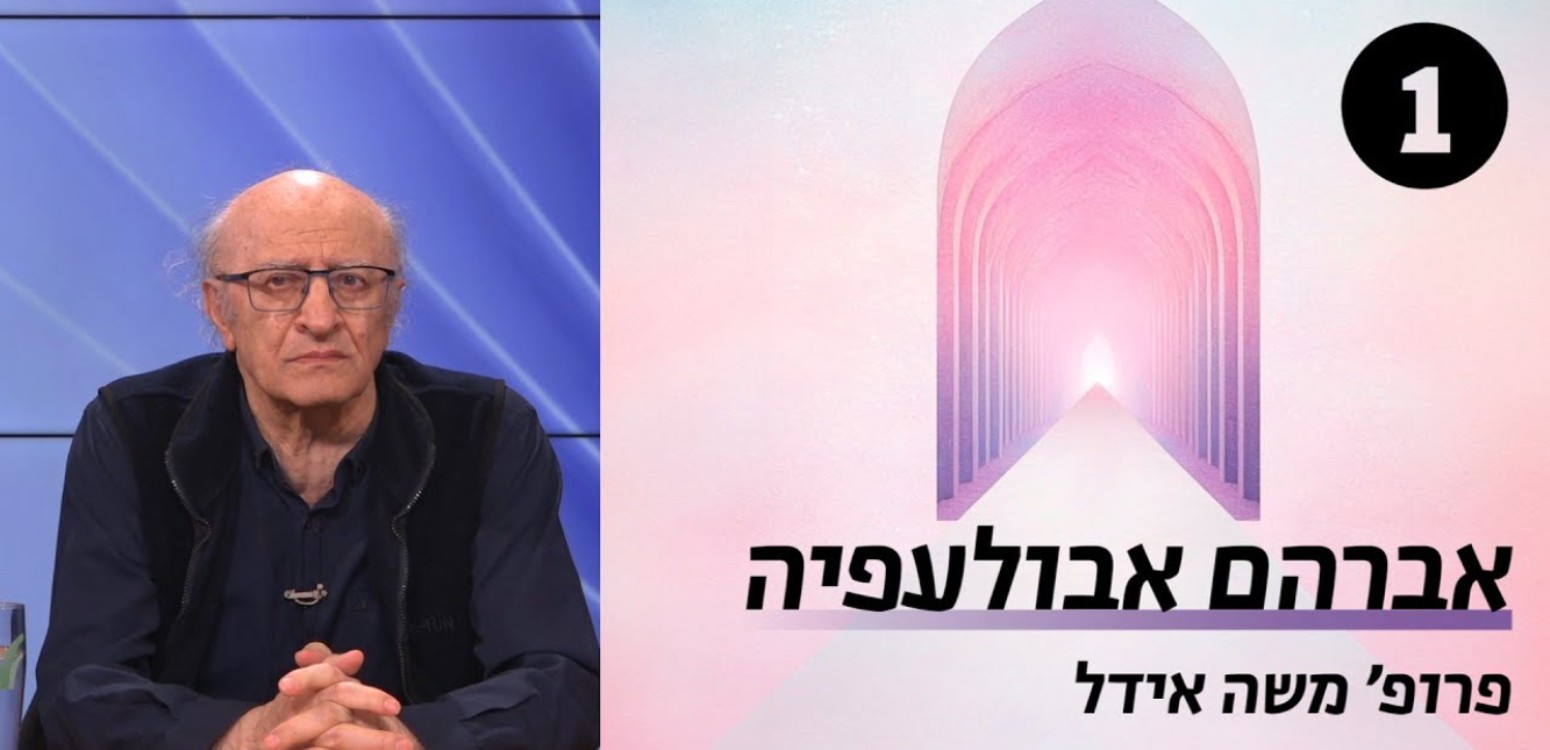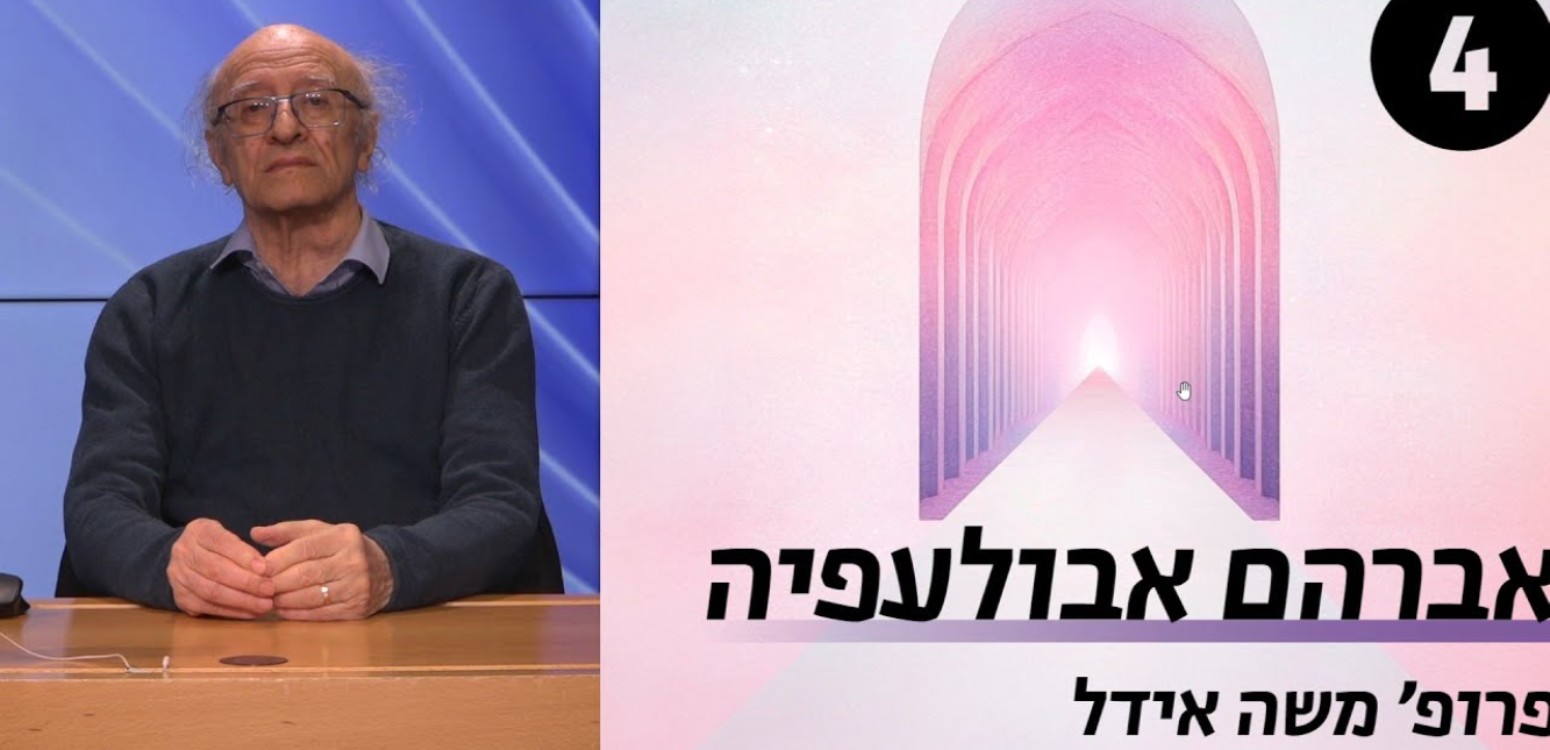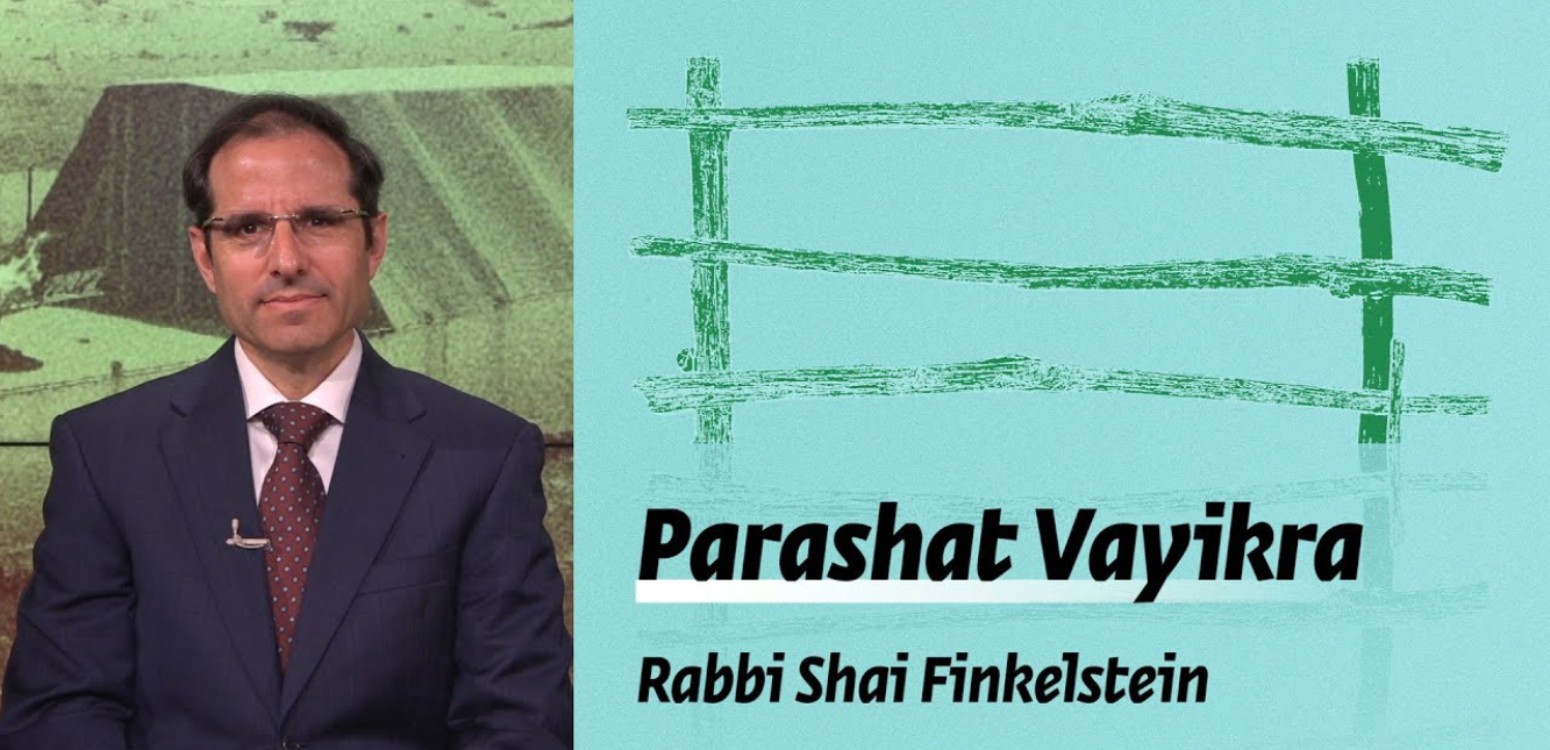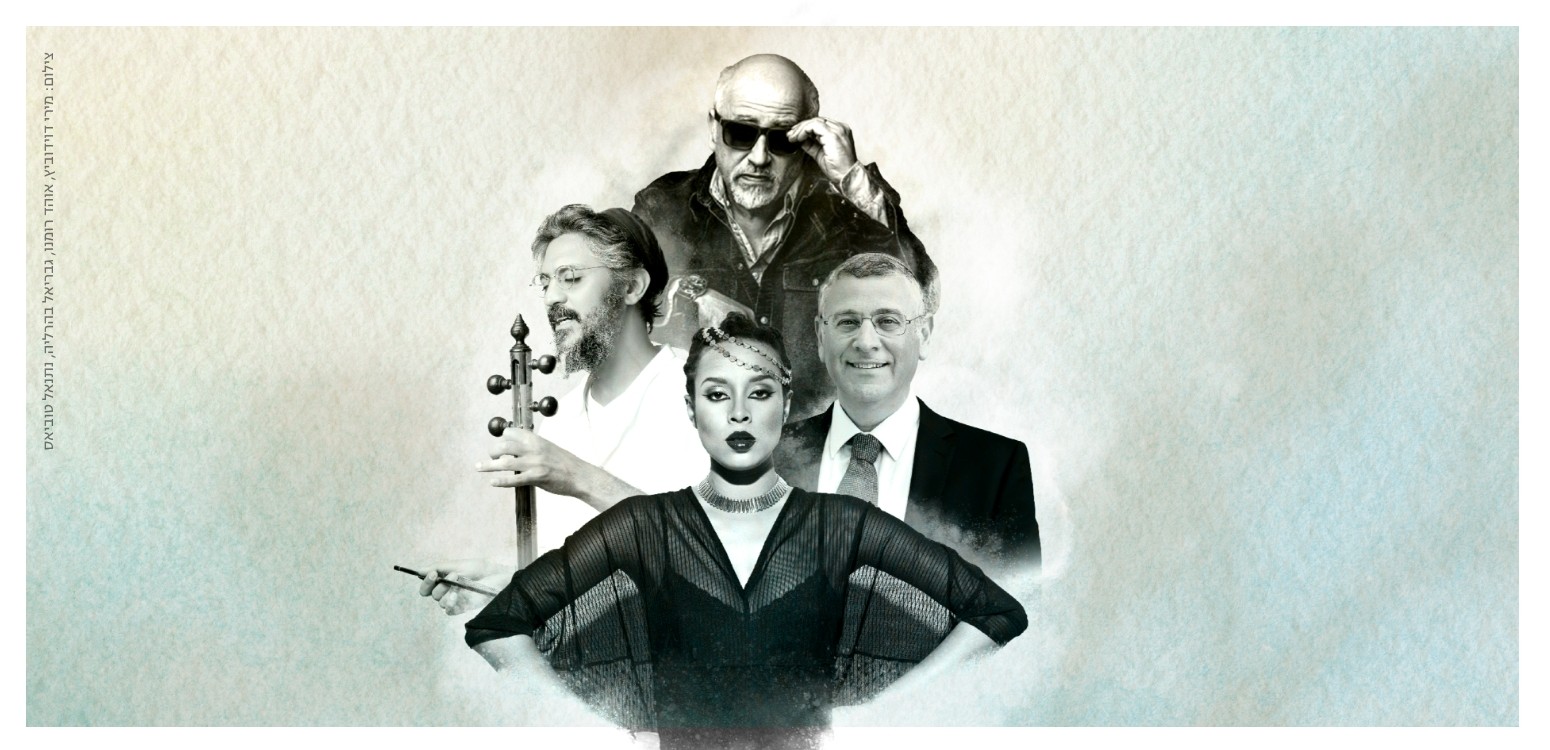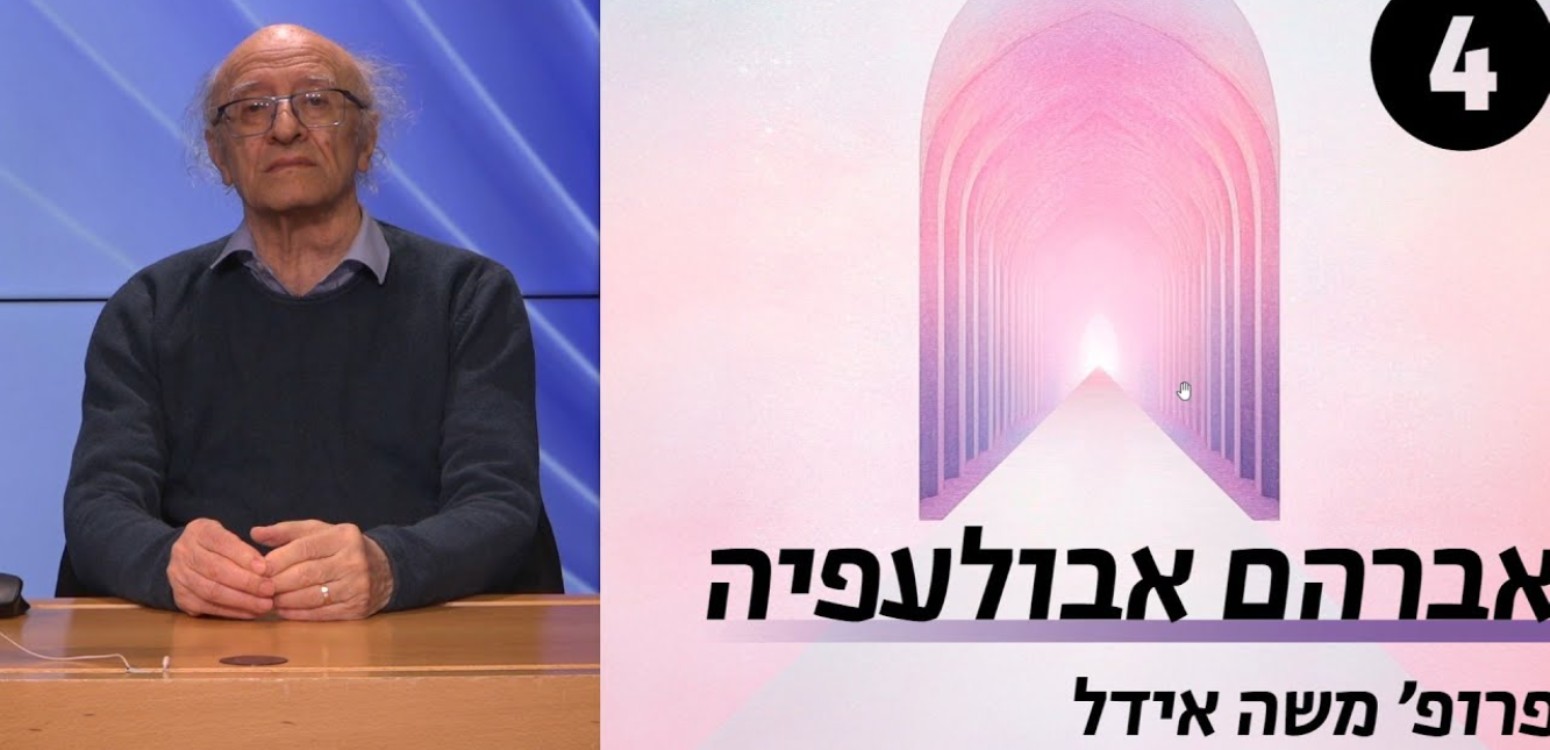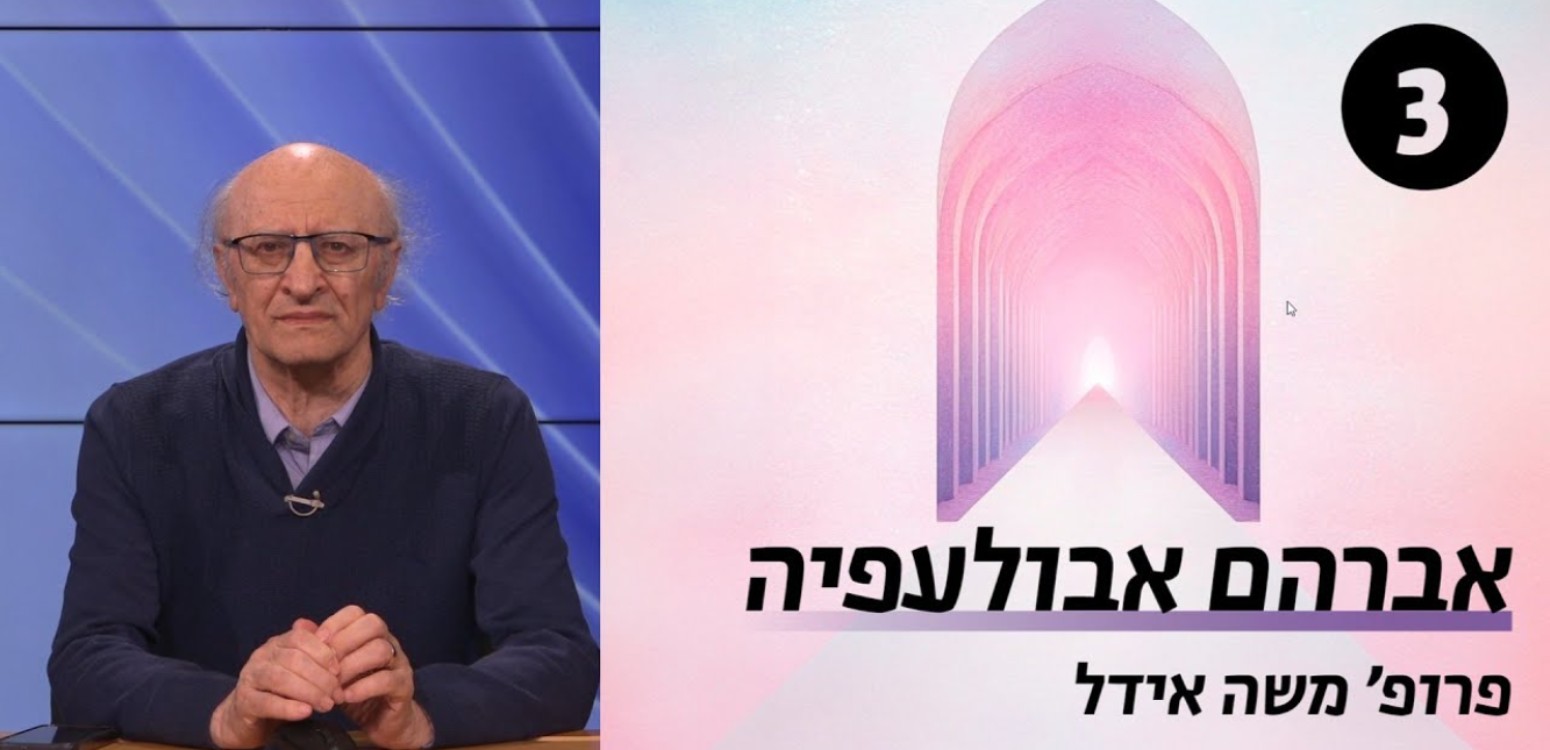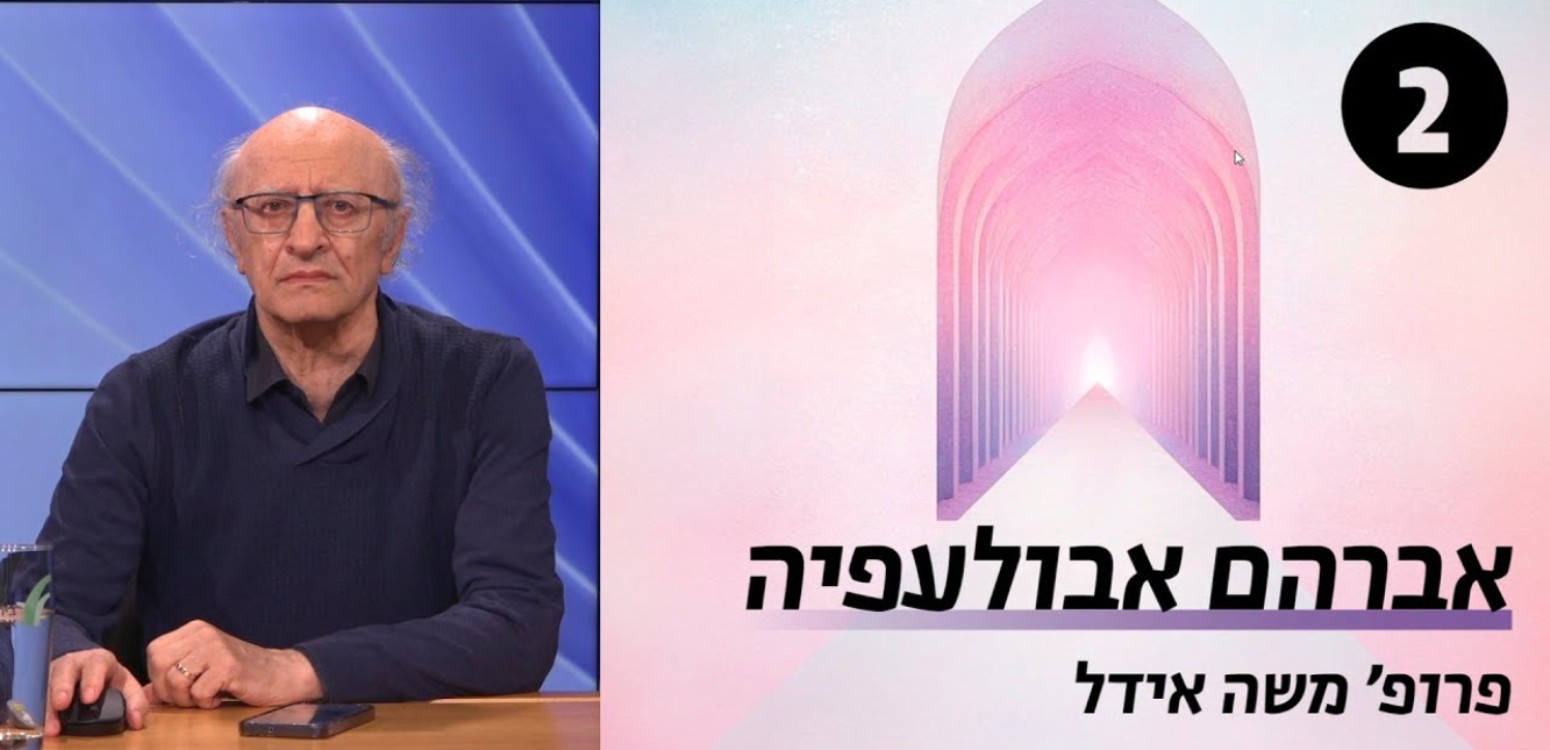Amir Zohar was a dedicated family man who loved going on family outings and flying kites together. On one occasion, they found a dog on the beach who fell in love with them immediately. They called him Pitzi and she has been with them ever since. On the night Amir was killed, Pitzi stood on guard and did not let anyone come near the children.
In memory of Amir Zohar
Amir was born on March 25th, 1966 to Danny and Nurit Zohar, third-generation founders of Kibbutz Gal On. His parents taught Amir about giving, caring and the desire to contribute as much as one can. He spent his childhood on Kibbutz Gal On; his friends describe him as being a quiet and organized child who gave of himself and took the initiative.
On November 6th, 1984, Amir joined the army and served in the Assaf Battalion – the Combat Engineers Battalion 601. He continued on to the squad commander course and from there to the officers course. He was always at the top of his class in the courses he did but he was always modest about it.
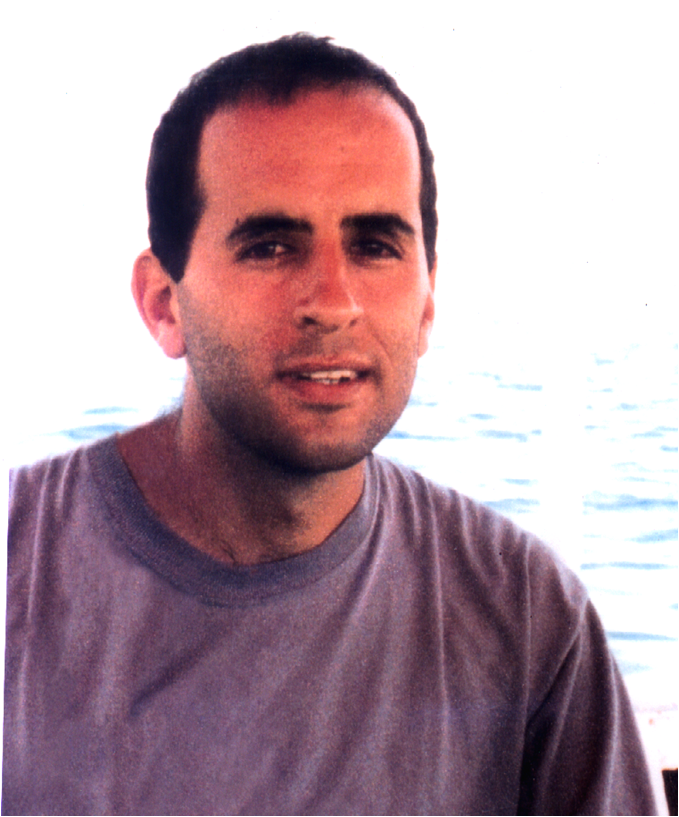 Amir Zohar z"l |
In June 1986, Amir was sent to command the revolving company in the Asaf Battalion “We met at that stage in his life, Amir and I,” says Orli his wife, who was then serving as the company clerk. “Together, we started to think about our common future.” From the revolving platoon, he went on to command a platoon in the operational company and from there he was sent for operational activity in Lebanon and the territories. After receiving the rank of first lieutenant, he was sent to Aduraim, the Combat Engineering School where he served as an instructor for trainees in the Engineering Officers course and after that he was appointed to become the assistant commander of the course.
In November 1988, Amir was released from the army and began his life together with Orli on Kibbutz Gal On. Before they got married, the two went on a nine-month magical tour of the Far East. On September 12th, 1990, they were married at poolside on the kibbutz. They moved to Jerusalem, which is Orli’s hometown and where Amir began studying Political Science and Sociology at Hebrew University. He completed the bachelor’s degree and an MBA. During his studies, he and Orli created an educational project that combined teaching, hiking and nature activity. Their oldest son Assaf, who is named after the battalion in which Amir served, was born on July 6th, 1993 and on September 14th, 1996 he was joined by the twins Alon and Tamar. Amir loved Orli and the children passionately. He was also close to his extended family and had a special connection with the grandparents.
Amir found his place in society after an exhaustive search. He wanted to contribute, change and influence and thus in 1998 he arrived at the Community Centers Company and was chosen for the position of Director of the Community Authority in the East Talpiyot neighborhood (Armon Hanatziv).
Amir viewed his position in the Community Centers Company as an educational, social and public calling and during his three years as director he left his mark on the neighborhood and on its community life. Amir pushed forward projects in welfare and education, he developed new types of programs and his primary interests were in working with youth and strengthening tolerance. Thus, together with the members of the Executive, he invested a not insubstantial amount of time in developing working relations and joint projects between the East Talpiyot neighborhood and the neighboring village of Tsur Baher and even planned a joint activity involving Jewish and Arab women.
The outbreak of the el Aqsa Intifada, in September 2000, and the unrest among Israeli Arabs in October found Amir at the peak of intensive activity in the Community Center and in the process of building the house of his and Orly’s dreams in Tsur Hadassah, in the suburbs of Jerusalem. As a man of peace who believed in coexistence, Amir, together with the Chairman of the Community Center Executive and another 20 neighborhood residents, went to the neighboring village of Tsur Baher when the unrest started with the goal of speaking with the elders of the village on the need to continue with the joint projects. Two days before his death, while he was on his way to reserve duty, he was interviewed by the editor of the Community Centers Company newspaper. In the interview, he said, “We need to talk and to create dialogue. First of all, on the level of the professionals and later to restart the encounters between the youth and adults…We have calmed things down…People understand that we have to go back to living together.”
Amir had more than a little trepidation on leaving for what would be his last reserve duty in November 2000. According to Orli, “Amir had concerns about reserve duty during this period. But he wasn’t scared for himself, but rather for his soldiers. He said that he feels responsibility for them and their safety, that God forbid nothing should happen to them.” After some training at the training base at Lachish, Amir was sent with his company to Nahal Elisha, but he never came back.
Major (res.) Amir Zohar fell in battle at the Nahal Elisha settlement on the outskirts of Jericho on the 4th of Heshvan 5761 (November 1, 2000) at the age of 34. During the evening hours, the outpost was fired upon from the greenhouses in Jericho. The force took its positions. Amir tried to identify the sources of the fire; he was hit and died on the spot.
Amir was buried in the cemetery of Kibbutz Gal On. He left behind Orli, his wife, 7-year-old Assaf and the 4-year-old twins Alon and Tamar, as well as his parents, a sister and two brothers..
In March 2001, Amir’s family received the Jerusalem Fund prize on his behalf for his work to further tolerance and democracy. “If we could hear Amir now,” Orli wrote “and we would ask him for a message for young officers, he would say: ‘The commanders are the ones who make an impact. They are the ones who create the force and use the force, while realizing the full potential of a man who possesses integrity, love of one’s fellow man and an ability to benefit from the best in everyone. The commanders have the responsibility to build a future generation of givers and altruists, who view their actions as having the highest importance, based on belief and values. A good commander is also a good citizen and this is our future.’ That is what Amir would say.” (from Yizkor, the State commemoration project published by the Ministry of Defense)
Orly Zohar, wife of Amir Zohar z”l who was killed while on reserve duty as commander of a Combat Engineers company in an encounter with terrorists, describes her memories of him.
Comments by Daniella Schnitzer and Omer Sharon, the creators of the clip “Daddy’s Kite”:
We quickly connected to the story of Amir and his family, partly because of Pitzi the dog, which is a central part of the story, and also because of the family’s love of hiking all over the country, something that we are also part of. We felt that the entire story should be told in a positive way and should focus on their happy moments as a family and that is what we wanted to focus on in the clip.
Our strongest experience in making the clip was our meeting with the children, Alon and Tamar. We knew that we wanted to include them in making the clip and that the text would be narrated in their voices and that would make the clip more personal. The meeting with them, the stories they told us about their father, about the bereavement, about Pitzi and how they are going on with life and remember him every day – truly moved us and connected us even more. Suddenly our animated characters came alive and the stories that previously we had only heard and read about became real.
We knew that we wanted to make a clip that somewhat resembles a children’s story, by being told from the viewpoint of the kids. We wanted to convey a feeling of childhood, of a blurry memory of their dad. The clip conveys moments between a father and his children and focuses on life and on the good things rather than on death, and therefore we chose to use happy colors and to combine between line and color patch using charcoal colors that are constantly moving on the screen and preserve a light and dreamlike visual. Furthermore, we wanted to convey a feeling of time and of memory, in which it is unclear where it starts and where it ends and to this end we chose one long shot that connects to many memories at the same time. It was important for us that the sound be clear, simple and delicate and that in some of the moments it would include Israeli music that the family has listened to until today.
From the press,
Through animation, a new breath of life for the fallen - THE TIMES OF ISRAEL



